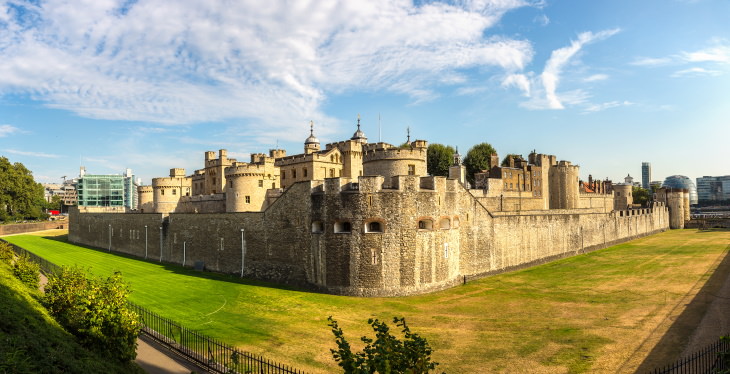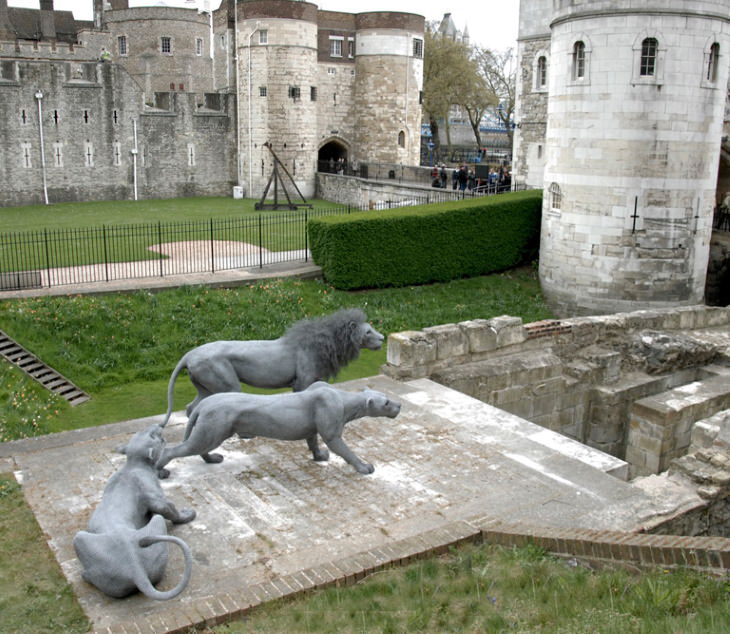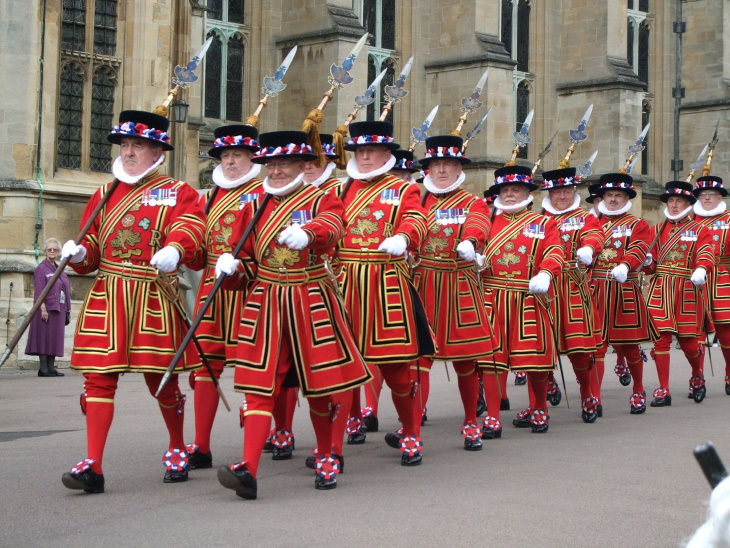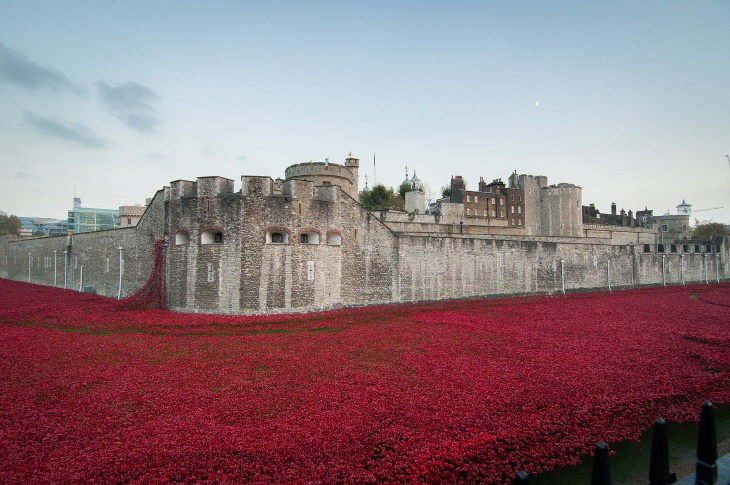1. The Tower of London held several Famous prisoners within its grounds
At its very beginning, The Tower of London was to serve as the royal residence of William the Conqueror and become a symbol of the Norman king's power over Londoners. The White Tower, the first part of the now huge fortress, was completed in 1078 and soon after, in 1100, the first prisoners started to be held in the castle.
And although it wasn't its primary role throughout history, the fortress was used as a prison until 1952. In this time, many famous historical figures - queens, revolutionaries, and even major Nazi leaders - were kept there. Anne Boleyn was condemned to death by King Henry VIII, her husband, at the Tower of London. Other famous people like Sir Walter Raleigh, who was kept there for 13 years, had a more favorable prison stay - Raleigh had comfortable lodgings, servants, and even his family living with him in the Tower.
Other famous prisoners committed to the Tower of London include Guy Fawkes, the revolutionary who wanted to blow up the English parliament, and Rudolf Hess, Hitler’s second-in-command.
2. Someone has a set of spare keys to the fortress
On November 6, 2012, a man was caught trespassing the Tower of London in the early morning and he was then escorted from the premises of the fortress. The security services of the Tower later revealed that the keys from the tourist attraction and home of the crown jewels were stolen. As a result, some locks have been replaced immediately to prevent the intruder from entering the premises, but to this day, someone somewhere likely has the ring of keys that may still be able to unlock at least some of the rooms in the castle.
3. For 600 years, it served as a menagerie
In the 13th century, the Tower of London earned a new profile as King John started collecting exotic animals from all around the world and created the royal menagerie. Ever since, kings and queens have held all the animals that they received as gifts from other monarchs at the Tower, and the place became an attraction where Londoners could see polar bears and captive lions, to name a few. The zoo remained active until the 1830s, and all the inhabitants were subsequently moved to the London Zoo.
To remember the castle's legacy as the royal zoo, artist Kendra Haste created a sculpture of three lions to be displayed at the Tower of London. The sculpture is a nod to an archeological discovery made in 1936, during which 2 lion skulls from the Middle ages were found in the moat of the fortress. These were not ordinary lions either, but a variety of Barbary lions that have been extinct for over a century.
4. Beefeaters and their families actually live in the Tower
The Yeoman Warders have been protecting the Tower of London since 1485, as ordered by King Henry VII, although they have likely existed for much longer. These guardians are dressed in all red and very characteristic uniforms, and they are also known as Beefeaters because part of their salary consisted of chunks of beef up until the 1800s.
There are 37 Beefeaters, both men and women, living in the Tower today, and they give tours of the fortress. They are probably most famous for the 7-century-old tradition called the Ceremony of Keys, where they lock the Tower every night at precisely 9:53 PM. What most people don't realize is that Beefeaters don't just work at the Tower, though. Since the 13th century, they have been living in the fortress with their families, too. Today, there are about 150 people living in the Tower of London.
5. Only 40 people managed to escape from the Tower of London while it was a prison
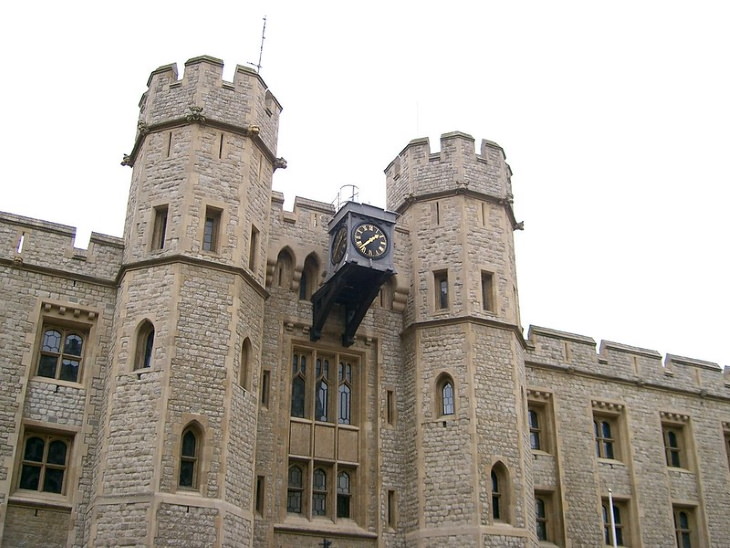
The Tower is a real stronghold, complete with its own guards, sky-tall walls, and a moat surrounding it. Still, 40 prisoners somehow managed to flee the Tower of London, one escape every 20-30 years. The first person to ever break free from the fortress was one Bishop Ranulf Flambard, who somehow got the guards so drunk that he successfully managed to slip away using a rope in 1101.
Some of these escapes were even more impressive and featured writing letters with invisible ink, dressing up as nuns, and drugging the guards - so that's where movie makers got the plots of pretty much every prison break movie imaginable!
6. 23,500 jewels are held in the fortress today
The tradition of safekeeping the Crown Jewels of the United Kingdom in the Tower of London is almost as old as the fortress itself. The first king to order the Crown Jewels to be kept there was Henry III, who ruled between 1216 and 1272. Initially, a specialized Jewel House was created to house the royal regalia, but it was demolished in 1669 and the precious royal ceremonial objects have been rehoused twice after.
Currently, they are stored in the Jewel House in the Waterloo Block, and the collection includes an 800-year-old Coronation Spoon, St. Edward's Crown, the Imperial State Crown, and 23,578 gemstones. What a treasure!
7. The Tower was the location of several executions
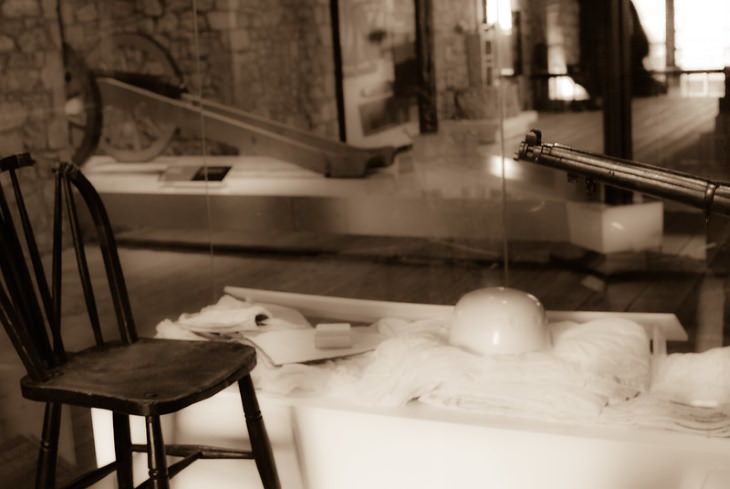
Being a prison since Medieval times, it follows that the Tower of London is an eerie place that had witnessed a lot of death and executions. Although the prison was there for nearly a millennium and had quite a lot of prisoners, the overall number of executions is relatively low - an estimated 400 people. Of the famous figures executed there was, as already mentioned, Anne Boleyn, as well as Jane Boleyn, William Hastings, and Jane Gray.
That said, the Tower of London has also seen several murders, the most famous one being that of two little Princes, Edward V and Richard, the only two sons of King Edward IV. After their father's death and an ongoing battle for power, the two boys were held in the Tower for "protection", but vanished under mysterious circumstances and were believed to be murdered to secure the throne for Richard III of England. The tragic story is widely known as the Princes in the Tower today.
8. A sea of ceramic poppies were ‘planted’ outside of the Tower of London in 2014
The red sea of flowers was part of the art installation titled 'Blood Swept Lands and Seas of Red' by artist Paul Cummins. 888,246 handmade ceramic poppies were hand-made by the artist, with each poppy representing a British military fatality in World War I. The poppies were then scattered on the moat of the Tower of London and displayed publicly as a powerful anti-war statement and an effort to raise awareness of WWI.
Reportedly, over 5 million people came to see the exhibition, and the poppies were later sold for £25, collecting an estimated £23 million to raise money for various charities related to armed forces.
9. Is it haunted? Certainly!
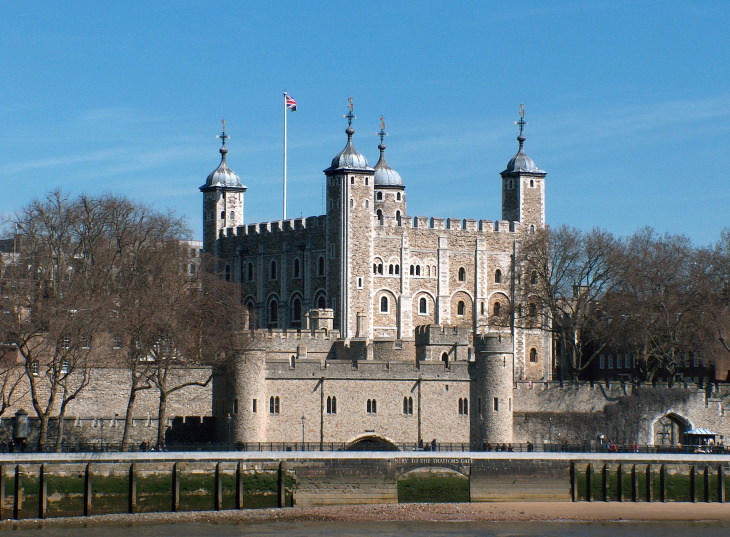
Given that you already know at least some of the fearsome stories of executions, imprisonments, and murders that have happened in this ancient castle, you're probably wondering, "Is the Tower of London haunted?" Well, many people think so, and with all those stories going around, we have no idea how the Beefeaters live there, to be honest... For instance, several witnesses swear they've seen the ghost of a beheaded torso of Ann Boleyn, carrying its head in the arms and walking around the White Tower.
Others claim they have seen the Princes of the Tower and other famous figures that met their demise at the Tower, but probably the most mysterious ghost sighted at the Tower wasn't even human at all. In 1816, one of the guards outside the Jewel House said he had seen a ghost of a bear running towards him; the poor guard reportedly passed away of fright just a few days later.
10. At least 6 ravens must live in the Tower of London at all times
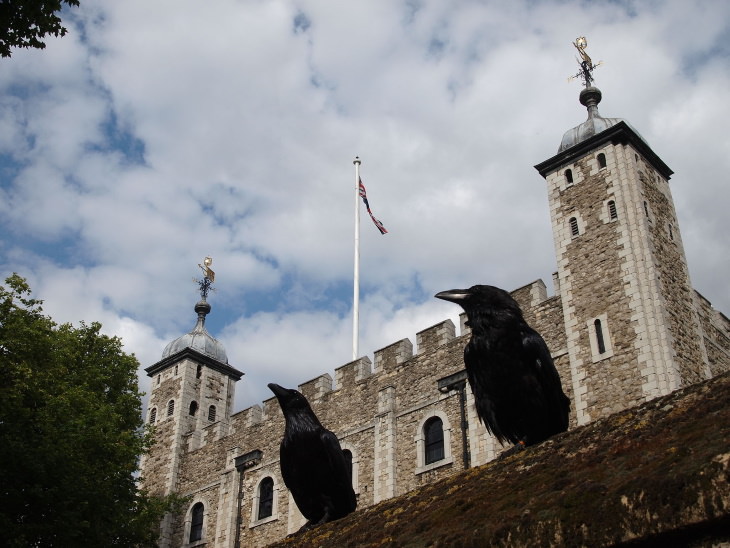
Legend has it that in the 17th century, King Charles II was warned that the ravens leaving the Tower of London are a bad omen, a sure sign of the impending doom of the monarchy. Ever since then at least six birds arebheld captive in the fortress at all times as a sign of good fortune.
To this day, seven ravens are living in a specialized aviary on the Tower's grounds. Their wings are slightly trimmed to prevent them from flying away too far whilst still allowing them to fly around the castle.
Have you found this article interesting?
Please share it with those who may enjoy it as well!

